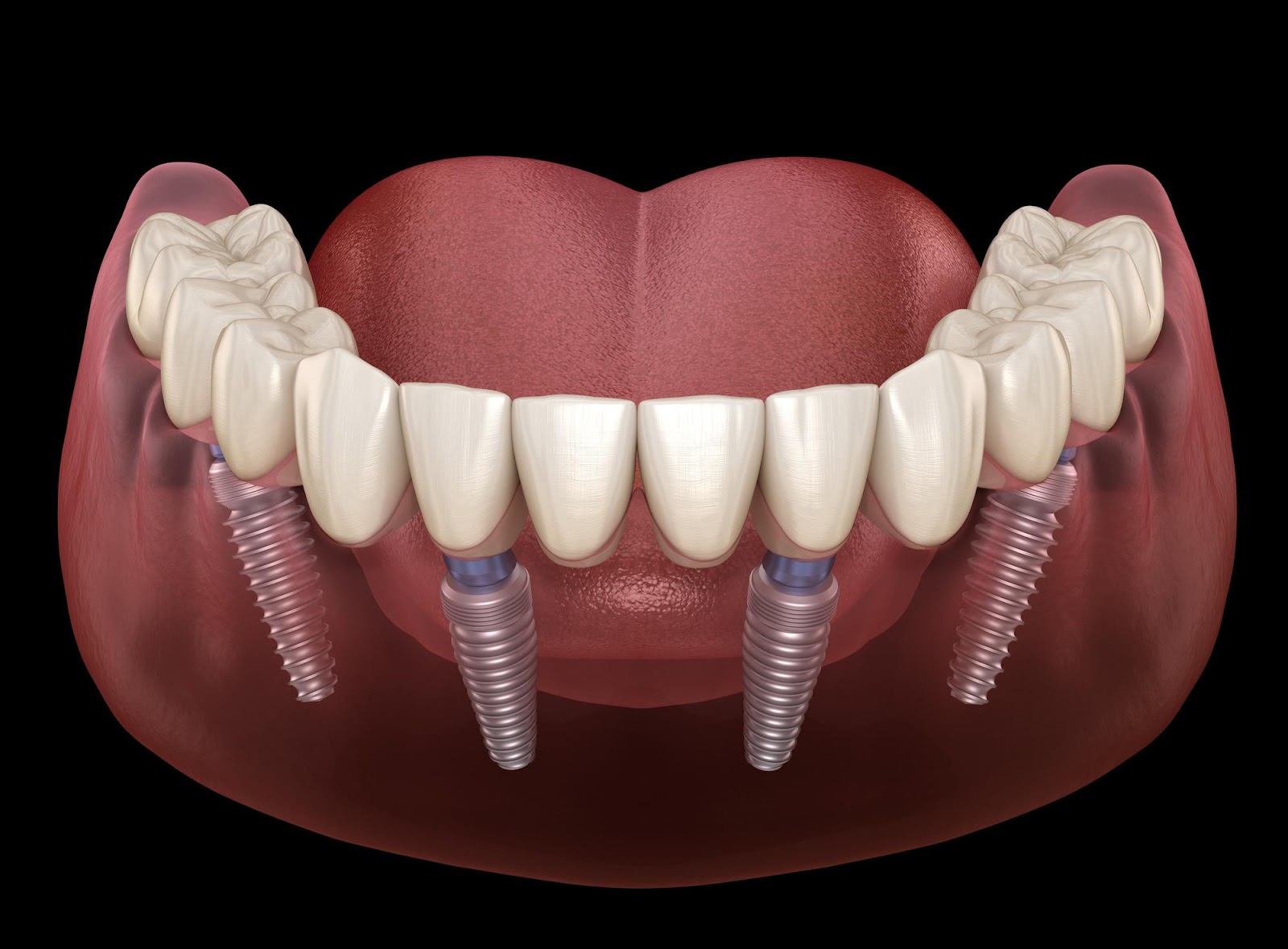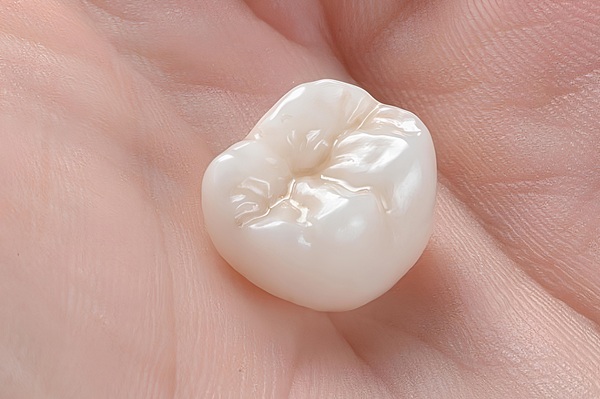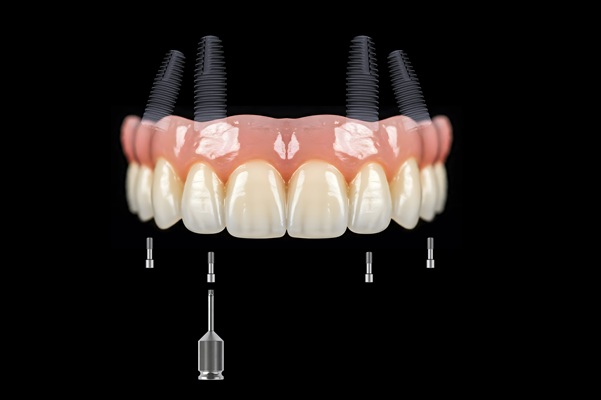The History of All-on-4 Dental Implants

All-on-4® dental implants are an essential part of modern dentistry. The All-on-4 implant procedure allows a full arch of teeth to be replaced by using just four titanium implants strategically placed in the jawbone as opposed to implants for each tooth.
While an important breakthrough, the science behind it wasn’t perfected overnight. The procedure is a culmination of a series of advancements in the dental industry that date back several decades.
“The Father of Implants”
In the mid-1950s, Professor Per-Ingvar Branemark, an orthopedic surgeon from Sweden, was studying how the flow of blood affects bone healing. In the course of his work, he and his team discovered that a titanium rod they had inserted into the leg of a rabbit to study how bones heal, had fused with the rabbit’s bone.
The discovery that metal could fuse to bone without being rejected was dubbed Osseointegration. From the Latin words osseus, or “bony,” and integare, or “to make whole,” osseointegration would become the foundation on which all modern dental implant procedures are based.
The First Successful Implant
In 1965, Branemark got the first opportunity to test the theory of osseointegration on a human subject. Thirty-four-year-old Gosta Larsson of Gothenburg, Sweden, volunteered to be fitted with titanium dental implants to replace missing teeth.
Branemark inserted the rods into Larsson’s mouth and waited a few months for the healing process to complete. Branemark then used those rods as bases to mount a full set of prosthetic teeth in Larsson’s mouth. The process was a success. The implants Branemark inserted served Larsson until the end of his life, more than 40 years later!
FDA Approval
In 1981, after years of follow-up research, Branemark founded Nobelpharma. The company would later be renamed Nobel Biocare. In 1982, the U.S. Food and Drug Administration (FDA), approved the use of titanium dental implants.
The Development of All-on-4
In 1998, Dr. Paulo Malo, a Portuguese dentist whose research was sponsored by Nobel Biocare, hit upon another breakthrough in dental implant science. Dr. Malo found that just four implants strategically placed in the jawbone, could be sufficient to support an entire arch of prosthetic teeth.
The discovery allowed dentists to avoid sinus cavities in the jawline while inserting implants. Importantly, the implants were also inserted at an angle. That allowed doctors to avoid areas in the jawbone with low bone density, meaning patients could now forgo bone grafts when getting dental implants. The All-on-4 dental implant procedure was born.
All-on-4 Dental Implants Today
Today, All-on-4 dental implants are one of the most widely used restorative procedures in dentistry. It is a minimally invasive method of permanently replacing a full (upper or the lower) arch of teeth. Some of the benefits of All-on-4 implants include:
- Permanency. All-on-4 implants paired with a denture are a fixed, non-removable set of replacement teeth that look, feel, and function as natural teeth do.
- Convenience. Patients do not have to undergo multiple surgeries to replace several teeth. Advanced Family Dentistry can typically complete All-on-4 procedures in-office, during one appointment, and under local anesthesia.
- Affordability. All-on-4 dental implants are a cost-effective way for patients to replace a full set of teeth without having to pay for a full set of individual implants.
The Best All-on-4 Care in Tucson, AZ
All-on-4 dental implants have been a highly successful and important advancement in restorative dentistry. We’re confident they can be an effective solution for you too. Call (520) 353-3002 to speak with Dr. Payam K. Asadi and the team at Advanced Family Dentistry, or conveniently make an appointment online today to get your consultation started.
Recent Posts
Same day crown technology has made it possible for patients to get a crown over a tooth on the same day as their dental appointment. Crowns, commonly known as "caps," can treat a broad range of dental problems. They are used to treat decayed parts of teeth, replace a missing tooth as part of a…
An All-on-4® treatment can replace multiple teeth. This extensive procedure is for people who are going to have several teeth extracted. It is also for those who have lost many teeth already. Knowing all that you can about the teeth-replacement options available to you is important. If you want to know if an All-on-4 can…
A bone graft is a surgical procedure for correcting issues with bones or joints. It involves transplanting bone tissue to a deficient area and is beneficial for bones that are damaged or lost due to trauma or tooth loss. Advances in dental technique and technology have made the procedure easier and effective for stimulating jawbone…
Denture repair involves restoring broken dentures to like-new condition. Before the restoration, general dentists examine the dentures to check for various damage. Next, the dentist provides the lab technician with detailed instructions to ensure appropriate repairs occur. Following the exam, a patient's dentures undergo repair at a dental laboratory.Patients should never ignore their dentures if…


